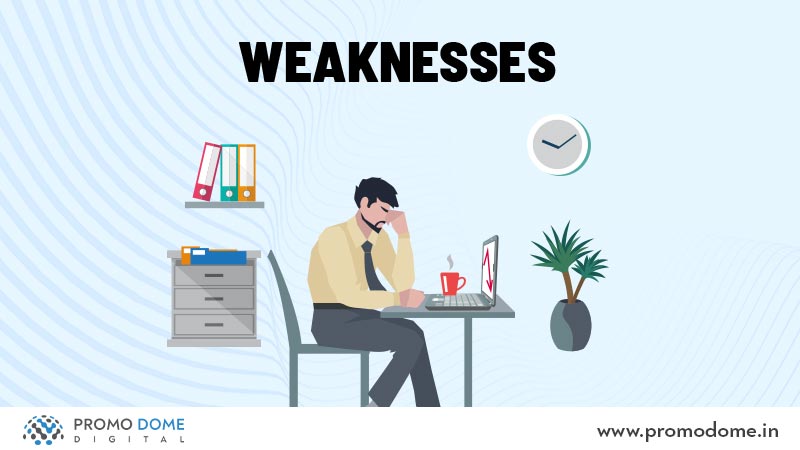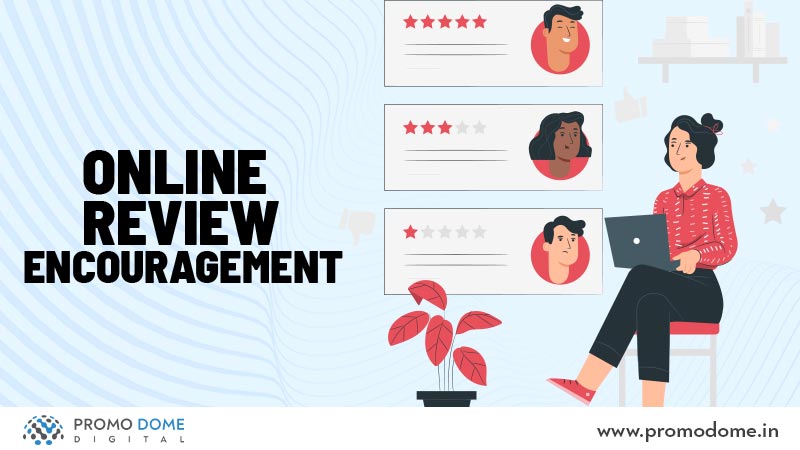Online Reputation is essential for all brands these days. It is the key to all online PR activities. Without a good online reputation, all PR attempts are pointless and vise-versa. An efficient Online Reputation Management strategy is essential to all businesses. A properly executed Online Reputation Management strategy can do wonders for your business. And today, I’m going to tell you the best ways to plan and execute an efficient Online Reputation Management strategy for your business in 2021.
Table of Contents
Research and monitoring

Any Online Reputation Management strategy begins with this simple process. To understand your brand’s current image online, you need to research and monitor how your company is currently being perceived everywhere on the internet. This can be done with the help of monitoring tools like Google alerts, et cetera. This will help you get an idea about how your company’s online reputation currently is and help you establish a plan to improve it. Once you have an idea of your business’s current reputation, monitoring will help you find out what needs to be addressed, replied to, and solved to ensure better results.
Here’s what you need to search for and make a note of:
- What do people think about your brand on social media platforms?
- What appears when your company is searched on search engines?
- Positive and negative reviews of customers on each of your products or services.
- What is the public image of the people representing your company online?
- How do people perceive the CEO, the board of directors, and the PR representatives of your brand?
- Are there any scandals, false rumors, or controversies involving your company?
Once you have all these answers, the Online Reputation Management strategy planning begins.
The Plan

Once you are up to date on the data, you can now plan the kind of strategy you need to implement according to your business’s current reputation. But first, you need to analyze the data acquired in the previous step. To do this you can use the most common method of analysis in all our business textbooks, the SWOT Analysis.
SWOT means strengths, weaknesses, opportunities, and threats. This analysis will help you understand all aspects of your business and how you can use each of them to execute an efficient Online Reputation Management Strategy.
Strengths

Your strengths in SWOT refer to the internal strengths. Consequently, in online reputation management, your strengths are the charity and CSR your business does, the new and efficient ways in which you facilitate the consumers, and your contribution to the environment. You can use these to show your business in a good light. Paid media and owned media can be used here to make sure these positive deeds of your business appear on top every time your company is searched on the internet.
Weaknesses

Your weaknesses are the internal challenges throughout the existence of your business. These may include mistakes in the production process, lack of R & D resulting in quality depreciation, unprofessional behavior by an employee, inefficient customer service, and other internal problems that disrupt the online reputation of your business. Once you’ve figured out your weaknesses, a few strategies that can be used to handle this efficiently and effectively will be discussed in the next section.
Opportunities

These are the external factors that affect your business positively. Good reviews, articles, blogs, and positive publicity that your business receives from the press, newspapers, happy customers, websites, and the positive interviews that might air online are all considered under this part of the analysis. You can use them to your advantage by boosting them, resharing them, and making sure more and more of your target audience goes through it.
Threats

Now, these are what you need to be careful about, they are the threats your online reputation faces. These are the external negatives reviews, complaints, unsatisfied customers, and basically bad press that your company receives. You must come up with an efficient strategy to minimize and resolve these because these are the ones that cause the most damage to your online reputation and also the whole point of online reputation management.
Now that we have found out all the loopholes and their causes. It’s time to move to the next step and execute the plan.
The Execution

The execution of the plan is the most crucial step of all. Consequently, you can use several custom strategies to enhance the Online Reputation Management process as per the results from the SWOT Analysis. Let’s discuss a few most commonly used strategies used in the world of the internet.
The Reverse Wikipedia Strategy

This strategy starts with the visualization of the perfect Wikipedia page. Here we envision the end goal to create a direction for online reputation management. Once the goal is established several other individual strategies can come together to fulfill the ultimate goal.
Suppression Strategy

The Suppression strategy is used to suppress the bad reviews and negative press or threats as per the SWOT analysis. You can use SEO techniques to get positive results to rank high on social media platforms and search engines, thus suppressing the negative ones far below.
Eradication Strategy

Eradication strategy is used to completely remove the negative articles, blogs, and news from the internet. However, you can do this in several ways. You can contact the website publishing the article and ask them to remove the article. However, you can also use copyright infringement as a way to eradicate these unwanted reviews from the internet.
Protection Strategy

Evidently, this strategy involves publishing loads of positive content. The content is published on the most famous and influential websites and news channels to enhance the brand’s reputation and showcase your business in the best light. The more positive content is portrayed on the most trusted sources the more bad press will be negligible. Thus preserving your brand image and reputation.
Online review encouragement

Online review encouragement means encouraging the customers to give reviews online on your website, social media pages, and also on other possible platforms. You can use some customized tools for this purpose. In fact, YotPo is one such tool that sends brand review requests to customers encouraging them to give positive feedback. You can publish these reviews on your social media pages and then optimize them on search engines through SEM and SEO.
You can use all the above-mentioned strategies collectively to have a great impact on your brand’s online reputation. It will also assist in bringing in potential customers. With all the above methods, techniques, and tools anyone with proper execution and strategy can immensely improve their brand’s online reputation. Finally, I hope this information helps you in the best way it can. I would be glad to know that I contributed to the growth of your business. Also for more information on the Fundamentals of Digital Marketing.
